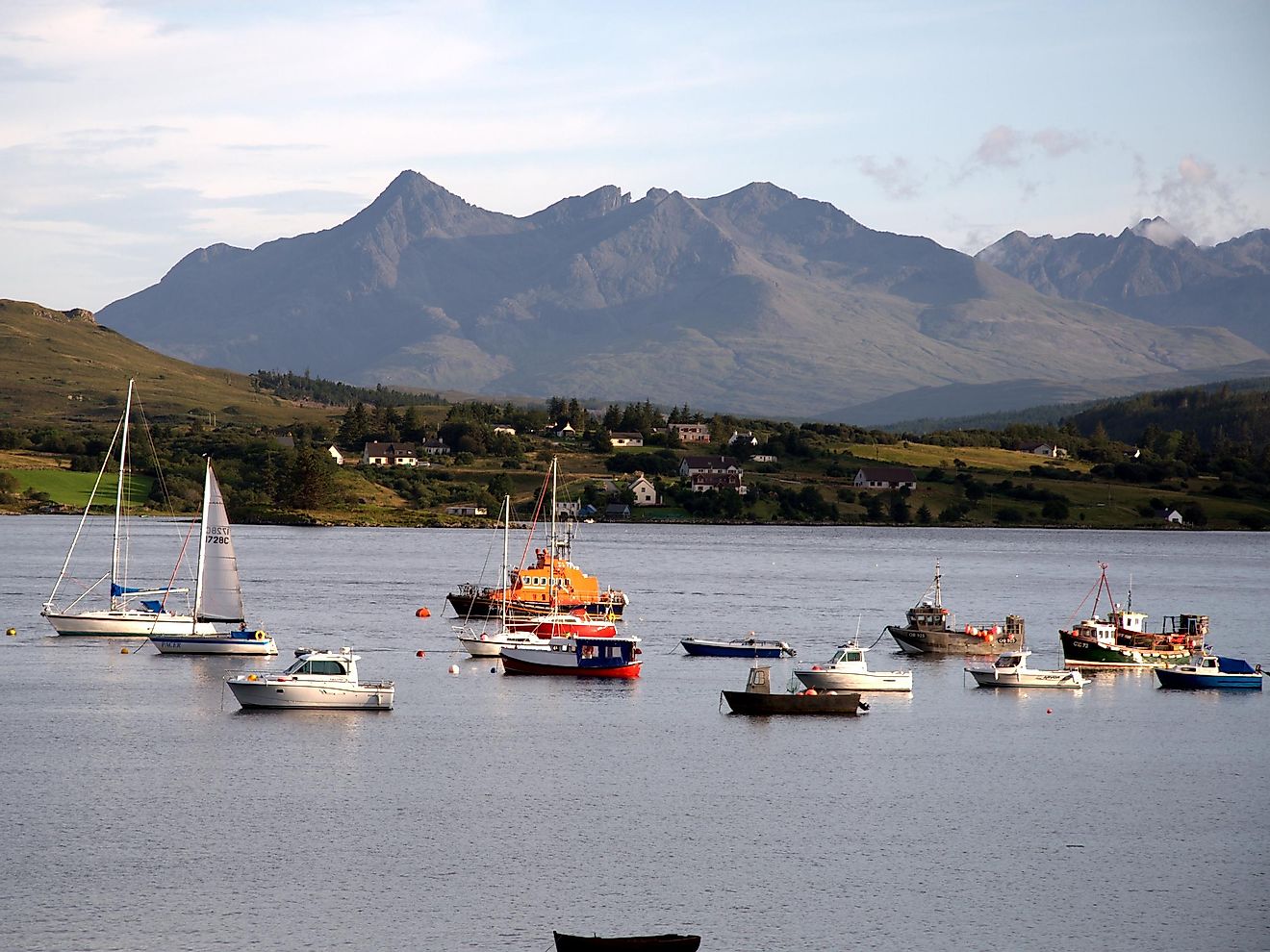The Hebrides Islands Of Scotland

5. Description
A unique subset of Scottish culture and wildlife have developed over the ages in the United Kingdom's Inner and the Outer Hebrides. The Hebrides archipelago can be found off the western coast of Scotland. The Minch to the north and the Sea of Hebrides to the south divides the Inner and Outer Hebrides Islands. The Inner Hebrides encompasses 35 inhabited and 44 uninhabited islands. A chain of over 100 islands and skerries, including 15 inhabited ones, comprises the Outer Hebrides.
4. Historical Role
Around 6,500 years back, during the Mesolithic era, humans began to settle on the islands of the Hebrides. Various artifacts belonging to the Mesolithic and Neolithic periods have been discovered here. Siculus and Demetrius, Greek travelers and historians, have attested to the existence of the Hebrides. Monasteries were established early on in some of the habitable islands. These islands also encompassed the kingdoms of Dal Riata and the Picts at various periods of time. The 8th century brought the raiding Vikings to the islands as well. Many minor Norse leaders divided the islands among themselves until King Magnus II of Norway invaded the islands and exerted control over the entire Hebrides and parts of Scotland. Later, the Scots gained back control of the Outer Islands and the Isle of Man. Great Britain took over the rule of the Hebrides in 1707.
3. Modern Significance
The 19th century saw many of the local people leave the islands for England. The younger generation opted for military service. The remaining people abandoned traditional means of livelihood and started adapting to commercial fishing and animal husbandry. The islands were also promoted as a tourist destination for the rest of Europe. Despite the influx of tourists and visitors, many of the smaller islands were left uninhabited by the mass move of the locals to the bigger and more sustainable islands. The 20th century saw the infrastructure of the islands change to more modern designs. By 1965, a new industry was introduced with the discovery of the North Sea oil. This discovery stabilized the economic recovery of the Hebrides.
2. Habitat and Biodiversity
Large parts of the uninhabited Hebrides Islands are wild habitats where birds dominate the sky and the ground hides artifacts from the past. Its coastlines are rugged and windswept. Solitude, silence, and the sound of waves all happen at once. There are sandy coves and singing caves that are surrounded by the bewitching sea waters. Inland topography features glens and verdant hills that are dominated by mountainous landscapes. Natural harbors lie next to sandy beaches that lead to grasslands and ancient castles. The islands' flora and fauna are indigenous, but introduced species have also prospered.
1. Environmental Threats and Territorial Disputes
Today, the Outer and Inner Hebrides Islands belong to Scotland and therefore are a part of the United Kingdom. Recent years witnessed the independence movement in Scotland prosper and then suddenly suffer a decline after a national referendum where the Scottish people chose to remain part of the United Kingdom. The early history of the Hebrides was fraught with invasions and battles between the original prehistoric settlers until the Viking raids and settlements in the past made the islands part of the Kingdom of Norway. Later on, the Scots regained control of some of the Hebrides and Scotland which were also under the kingdom of Norway. Under Great Britain in its early modern history, the islands prospered with the introduction of modern conveniences and infrastructure.







